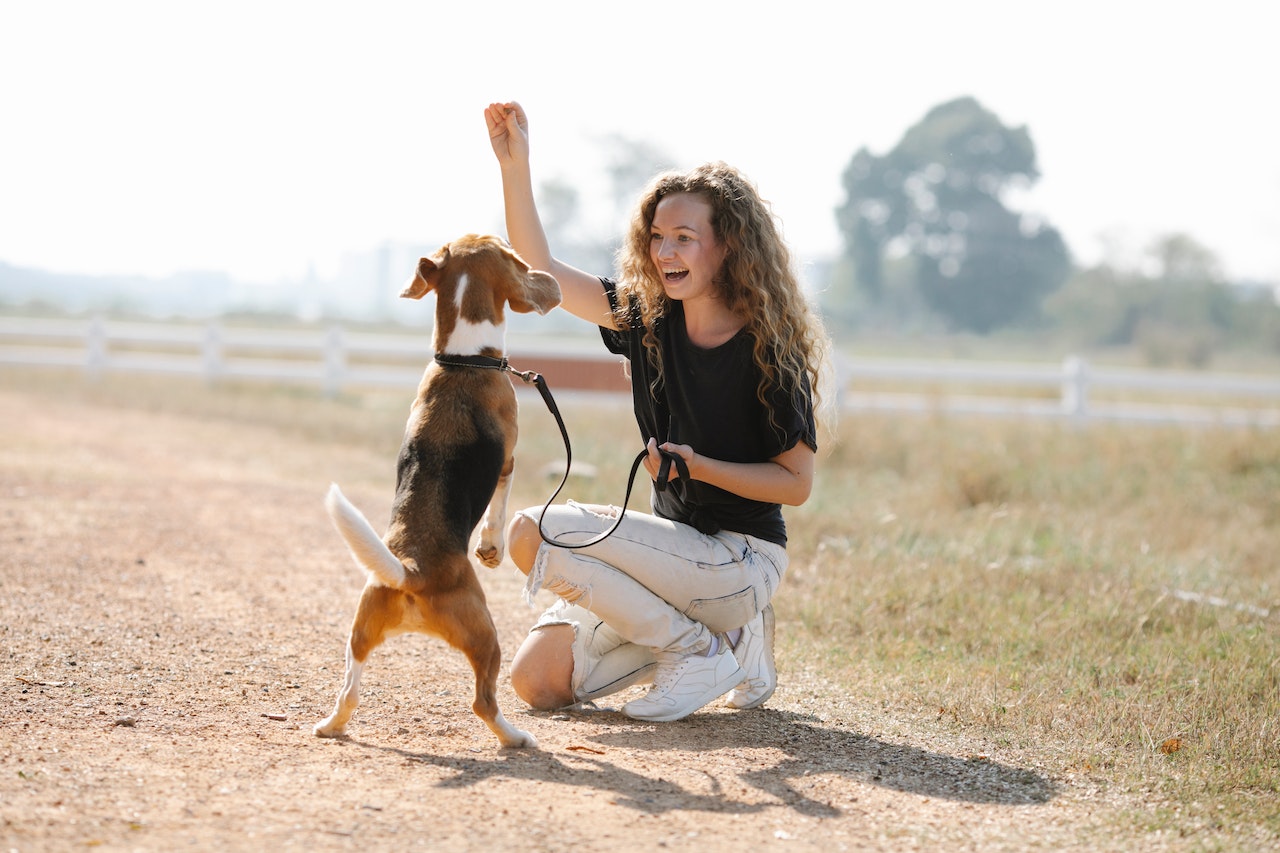Getting started with dog training, some tips for success
Dog training can be rewarding and ideal as part of responsible pet ownership. It not only enhances your dog’s behavior but also strengthens the bond between you and your furry friend which is always super important. If you’re bringing home a new puppy or working with an adult dog, this post will provide you with some valuable training tips and tricks to ensure a wonderful and well-behaved companion.
1. Start Early and Be Consistent (So Important!!!!)
Training should begin as soon as you bring your dog home. Yes, even with puppies, which are like sponges, quickly absorbing new commands and details. Consistency is a big key, as it helps your dog understand what you expect from them. Use the same cues (like sit, stay, and stop) commands consistently, and reward good behavior with some of our awesome puppystorage.com treat dispensers 🙂
2. Positive Reinforcement:
One of the most effective training methods is positive reinforcement. Reward your dog with treats and praise when they exhibit the best behavior. This creates a positive association, making your dog more likely to repeat the behavior.
3. Short, Frequent Sessions:
Keep training sessions short, SERIOUSLY about 10-15 minutes each MAX. Dogs have shorter attention spans than humans, so frequent, brief sessions are more effective than long, overwhelming ones.
4. Patience Is a Virtue:
Training takes time…sadly, and every dog (and a few humans I know, myself included) learns at their own pace. Be patient and understanding including with yourself. Avoid harsh punishment, this never helps and can lead to fear and anger in your wonderful pet.
5. Socialization:
Expose your dog to a variety of people, animals, and environments from an early age. Socialization seems crazy as an introvert but it helps prevent fear and aggression and creates a well-adjusted and confident dog, and human.
6. Leash Training:
Proper leash manners are crucial. Teach your dog to walk without pulling on the leash. Super duper important especially with a big dog who isn’t big yet. Can you imagine a dislocated arm? I have been close to that with our 120lb + dog who should of been on leash training early on..but like everything consistency is key. So use treats and positive reinforcement to encourage walking beside you, not in front or dragging you behind.
7. Basic Obedience Commands:
Mastering basic commands like “sit,” “stay,” “come,” and “stop” is fundamental. These commands enhance your dog’s safety and ensure they’re well-behaved in various situations, like when you see a skunk in your yard and they run after it…you keep saying STOP or NO and they just decide to take a mouth full…yes we’ve been there..try our great shampoo which will hopefully wash out some of the smell from a skunk attack!
8. Use Clicker Training:
Clicker training is a powerful tool that associates a distinct sound (the click) with a reward. It helps pinpoint the exact moment your dog does something right, making training more efficient.
9. Problem-Solving:
Identify any specific behavior issues and address them with targeted training. Whether it’s excessive barking, chewing, or aggression, tackling problems head-on is vital.
10. Seek Professional Help When Needed:
If you encounter persistent behavioral problems or feel overwhelmed, don’t hesitate to seek the assistance of a professional dog trainer or behaviorist. They can offer expert guidance and tailored solutions.
So in Conclusion:
Dog training is an ongoing journey that requires patience, consistency, and a deep understanding of your pet’s needs. By using positive reinforcement, consistency, and the tips and tricks outlined in this blog post, you’ll be well on your way to having a well-behaved and happy canine companion. Remember that the key to successful training is love, understanding, and a willingness to invest time and effort in your dog’s development.





































